
Leila Chaoui
An expert in natural beauty remedies, our author brings a wealth of knowledge and passion for Moroccan Argan Oil, guiding readers on its benefits and versatile uses for radiant skin and hair.
Key Takeaways
You may be wondering why it’s necessary to measure the vitamin E content in argan oil. Well, let me tell you, understanding the concentration of this essential nutrient in the oil is crucial for evaluating its quality and potential health impacts. But how exactly do you measure vitamin E in argan oil? What methods are used? And why is it so important? In this discussion, we’ll explore the significance of measuring vitamin E, the techniques involved, and how the results can help you make informed decisions about using this popular oil. So, let’s dive into the fascinating world of measuring vitamin E in argan oil and uncover the secrets behind its health and cosmetic benefits.
- Vitamin E in argan oil is an essential antioxidant that provides therapeutic and cosmetic benefits for skin and hair.
- Measuring vitamin E content is important for evaluating quality, enhancing stability, and standardizing levels in skincare and haircare products.
- HPLC, spectrophotometry, GC, and fluorescence spectroscopy are commonly used methods to measure vitamin E in argan oil.
- Vitamin E in argan oil protects cells from damage, supports immune function, reduces inflammation, and contributes to overall well-being.
Vitamin E: An Essential Antioxidant
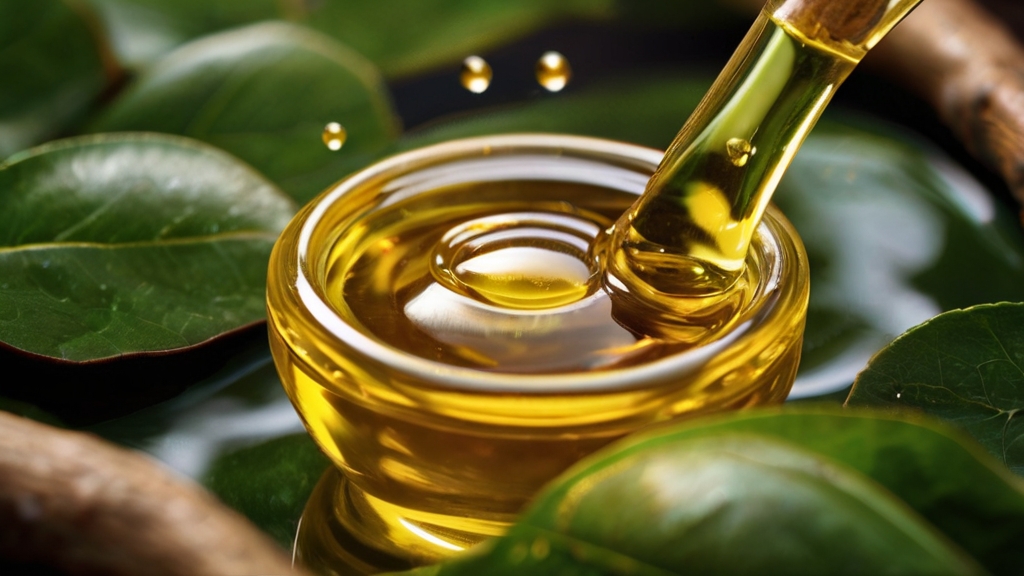
Vitamin E, an essential antioxidant, plays a crucial role in protecting the body against oxidative stress and free radical damage. In the context of argan oil, vitamin E refers to a group of compounds known as tocopherols and tocotrienols. These antioxidants are responsible for the therapeutic and cosmetic benefits associated with the oil.
Tocopherols, including alpha, beta, gamma, and delta forms, are present in argan oil and contribute to its antioxidant activity. These compounds work by neutralizing free radicals, unstable molecules that can cause damage to cells and tissues. By scavenging these free radicals, vitamin E helps prevent oxidative stress, a condition linked to various chronic diseases and aging.
Tocotrienols, although less common in nature, are also found in argan oil and exhibit enhanced antioxidant properties compared to tocopherols. Their unique molecular structure allows them to penetrate the skin more effectively, providing deeper protection against oxidative damage. This makes argan oil an excellent choice for improving skin health and promoting overall well-being.
The presence of vitamin E in argan oil has been associated with numerous therapeutic benefits. Its antioxidant properties help reduce inflammation, promote wound healing, and improve skin conditions such as eczema and acne. Additionally, vitamin E in argan oil has cosmetic benefits, enhancing skin elasticity and moisturization, and reducing the appearance of wrinkles and fine lines.
Benefits of Argan Oil for Skin and Hair
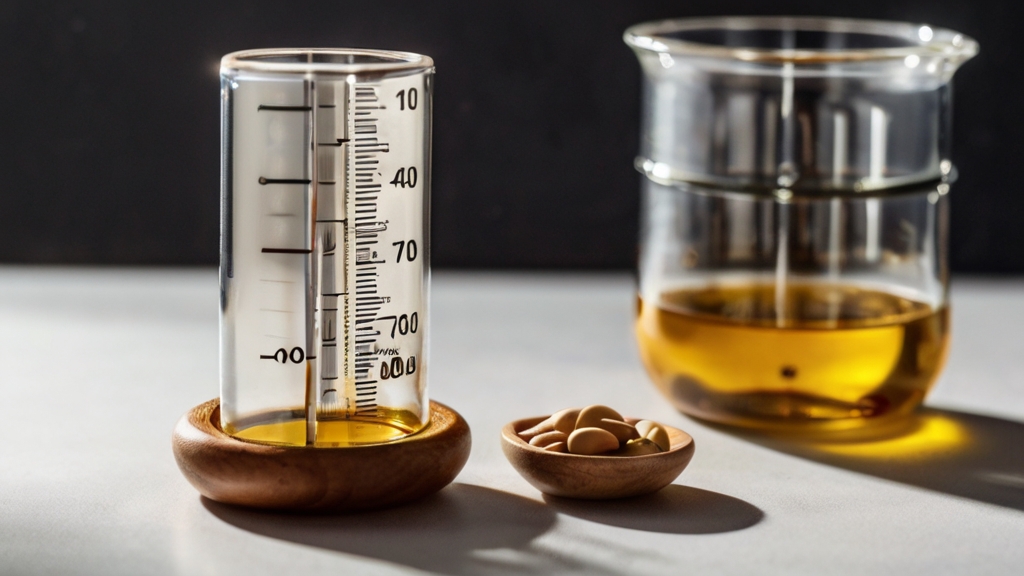
Argan oil, renowned for its high vitamin E content, offers a multitude of benefits for both skin and hair. This potent antioxidant, vitamin E, plays a crucial role in protecting your skin and hair from damage caused by free radicals. Here are the key benefits that argan oil with vitamin E provides:
- Skin cell regeneration: The vitamin E in argan oil promotes the regeneration of skin cells, helping to repair damaged skin and maintain a youthful appearance.
- Moisturizing properties: Argan oil with vitamin E has excellent moisturizing properties, which help to hydrate the skin and improve its elasticity. This reduces the appearance of wrinkles and fine lines, giving you smoother and more youthful-looking skin.
- Hair growth: The nourishing properties of vitamin E in argan oil extend to the scalp and hair follicles. Regular use of argan oil can promote healthy hair growth, preventing breakage and improving overall hair health.
- Hydration and protection: The hydrating properties of argan oil with vitamin E help to keep your skin and hair moisturized, preventing dryness and damage. It also acts as a protective barrier, shielding your skin and hair from environmental pollutants and UV radiation.
- Nourishment: Argan oil with vitamin E provides essential nutrients and vitamins to your skin and hair, nourishing them and enhancing their overall health.
The Significance of Measuring Vitamin E
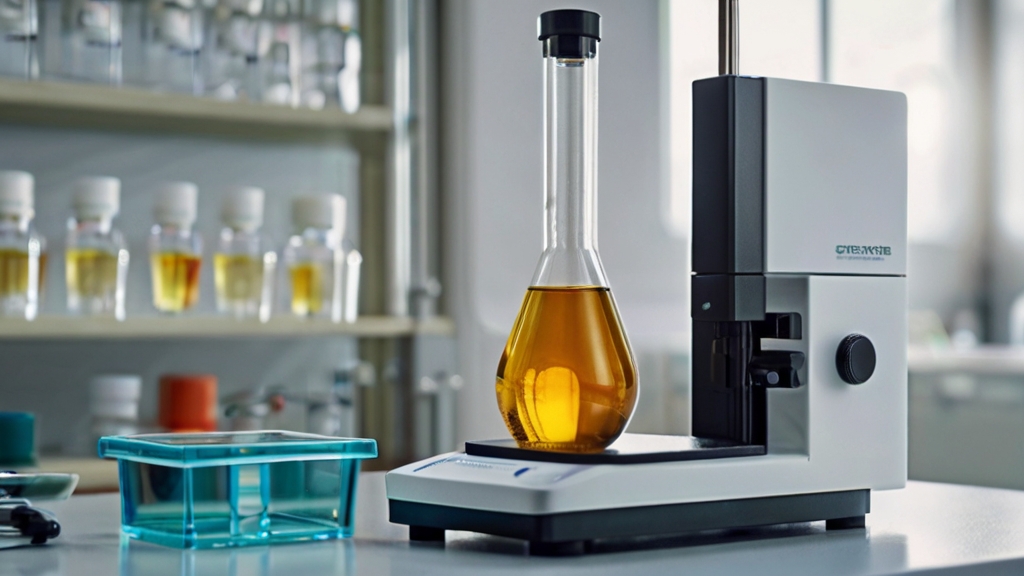
Measuring the levels of vitamin E in argan oil is a critical aspect of evaluating its significance and potential impact on health. Vitamin E, in the form of tocopherols and tocotrienols, contributes to the antioxidant properties and health benefits of argan oil. By quantifying the vitamin E levels, we can assess the quality and nutritional value of argan oil, and ensure that consumers receive the expected health benefits.
High vitamin E content, particularly gamma-tocopherol, in argan oil enhances its stability and shelf life. This makes it a valuable ingredient in skincare and haircare products, as it can help protect against oxidative damage and promote overall skin and hair health. However, in order to harness these benefits, it is crucial to accurately measure and monitor the vitamin E concentrations in argan oil.
Various methods, such as high-performance liquid chromatography (HPLC) and spectrophotometry, are commonly employed to measure vitamin E levels in argan oil. These techniques allow for precise and reliable quantification of tocopherols and tocotrienols present in the oil. By using these methods, we can ensure that argan oil products are standardized, providing consistent levels of vitamin E, and delivering the expected health benefits to consumers.
Methods for Measuring Vitamin E Levels
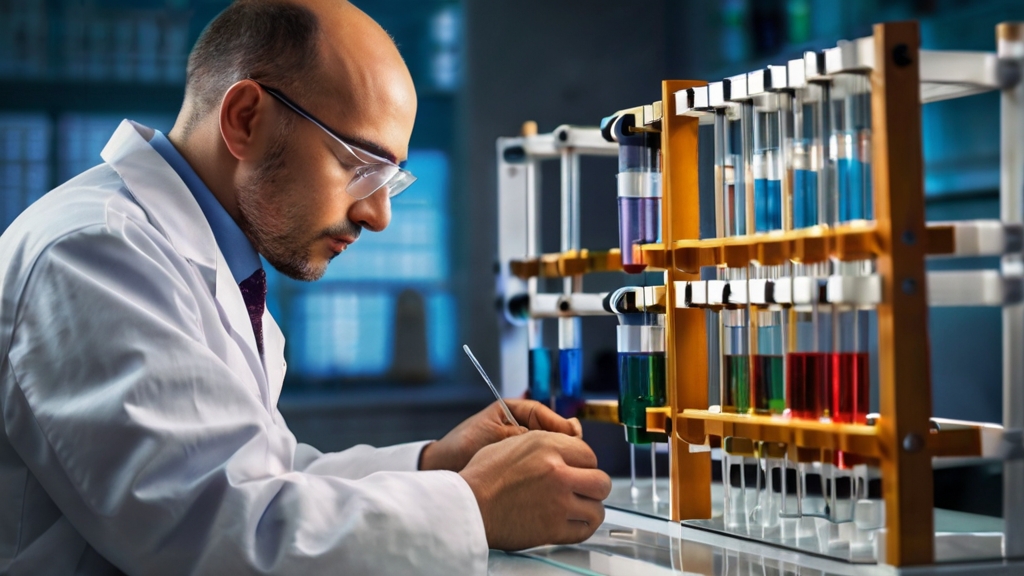
One commonly utilized technique for quantifying different forms of vitamin E in argan oil is high-performance liquid chromatography (HPLC). HPLC allows for the separation and quantification of individual tocopherols and tocotrienols present in the oil sample. This method is highly accurate and reliable, providing precise measurements of vitamin E content.
Other methods for measuring vitamin E levels in argan oil include spectrophotometry, gas chromatography (GC), and fluorescence spectroscopy. Spectrophotometry can be employed to measure the total vitamin E content in argan oil samples. This method is based on the absorption of light by vitamin E compounds and is commonly used for rapid analysis.
Gas chromatography (GC) is another technique that can be used to separate and quantify individual tocopherols and tocotrienols present in argan oil. GC provides excellent resolution and sensitivity, making it suitable for analyzing complex mixtures of vitamin E compounds.
Fluorescence spectroscopy is a rapid and sensitive method for the detection of vitamin E compounds in argan oil. This technique relies on the emission of fluorescence light by vitamin E molecules when excited by a specific wavelength of light.
To ensure accurate and standardized measurements of vitamin E levels in argan oil, it is important to follow established and validated methods. These methods provide a consistent and reliable approach to quantify vitamin E content, enabling consumers to make informed decisions about their nutritional intake.
Understanding the Results: Interpreting Vitamin E Content
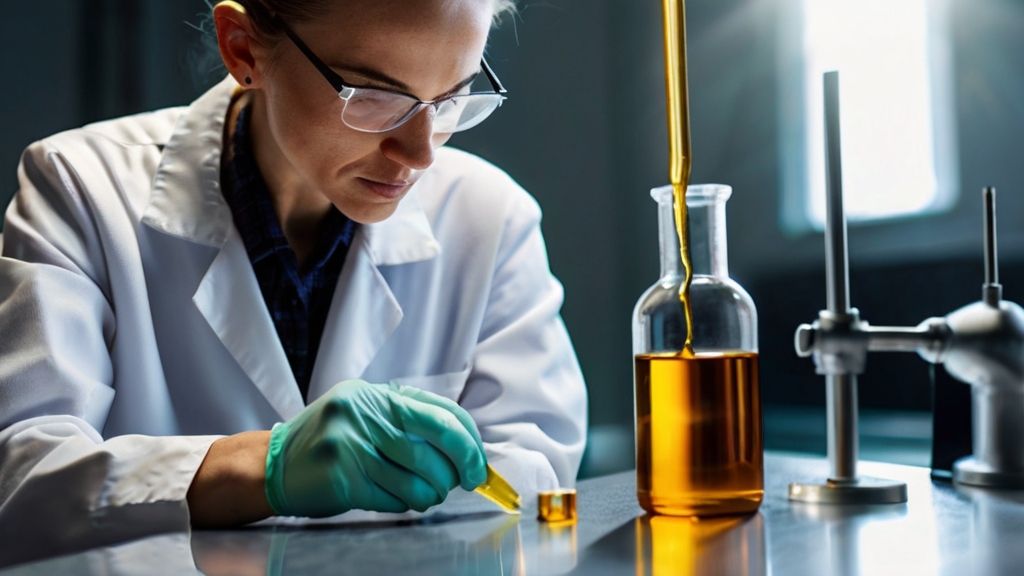
To accurately interpret the vitamin E content in argan oil, it is essential to understand the implications of the different forms and their varying concentrations. Vitamin E in argan oil is primarily composed of tocopherols, including alpha, beta, gamma, and delta forms. These tocopherols play a crucial role in the oil’s antioxidant properties and overall stability.
When analyzing the vitamin E content in argan oil, techniques such as High-Performance Liquid Chromatography (HPLC) are utilized. HPLC allows for the quantification and identification of the different forms of vitamin E present in the oil. This analytical method provides accurate and reliable results, enabling researchers to assess the nutritional value and potential health benefits of argan oil.
In terms of vitamin E content, argan oil typically contains between 622 to 926 mg/kg. Among the different forms, gamma-tocopherol is the most abundant in argan oil. However, it is important to note that the concentration of each tocopherol can vary depending on factors such as the extraction method and the maturity of the argan fruit.
Vitamin E, as an antioxidant, plays a vital role in protecting argan oil from oxidation. This oxidative stability ensures that the oil retains its nutritional properties and extends its shelf life. Therefore, understanding the vitamin E content in argan oil is crucial for assessing its quality, nutritional value, and potential applications in both the food and cosmetic industries.
Frequently Asked Questions
Does Argan Oil Have a Lot of Vitamin E?
Yes, argan oil does have a lot of vitamin E. Vitamin E plays a crucial role in promoting skin health, reducing oxidative stress, and promoting hair growth. When compared to other oils, argan oil has been found to contain significant levels of vitamin E, including tocopherols and tocotrienols. The antioxidant properties of vitamin E in argan oil help protect cells from damage caused by free radicals. It can also help fade scars and blemishes. It is important to use pure, organic argan oil and incorporate it into your daily skincare routine for maximum benefits.
How Do You Test the Purity of Argan Oil?
To test the purity of argan oil, you can use various methods like analyzing the vitamin E content in different samples. Factors like improper storage or adulteration can affect the purity. Testing the purity is crucial, especially for cosmetic use, to ensure safety and quality. Different analytical techniques can be compared for accurate results. Common contaminants found in impure oil should be identified. Validating the accuracy of vitamin E measurement and understanding quality standards are essential. Pure argan oil offers numerous health benefits, while impure oil may pose risks.
What Is the Recommended Usage Rate of Argan Oil?
The recommended usage rate of argan oil varies depending on the intended purpose. For skincare, it can be incorporated at concentrations of 1-5% to provide moisturization, anti-aging effects, and skin barrier support. In hair care, concentrations of 1-10% are commonly used to nourish and strengthen the hair. Argan oil can also be used in pure form for intensive treatments or as a standalone oil for specific skin concerns. Consider your product type and desired benefits when determining the optimal concentration of argan oil for maximum benefits.
What Is the Peroxide Value of Argan Oil?
The peroxide value of argan oil is crucial in determining its quality. It serves as an indicator of freshness and potential rancidity. Factors such as storage conditions and processing methods can affect this value. By comparing the peroxide values of different brands, you can make informed choices. Interpreting test results allows you to assess the oil’s quality. Additionally, exploring the relationship between peroxide value and vitamin E content helps understand the oil’s benefits. To maintain low peroxide values, proper storage and alternative measurement methods can be considered.
Related Articles
Traditional Argan Oil Uses by Natives
Discover the astonishing array of traditional Argan oil uses by natives, from culinary delights to medicinal wonders, that will leave you amazed and craving for more.
UV Absorption Rate of Argan Oil
Get ready to uncover the surprising truth about the UV absorption rate of Argan Oil, and how it could revolutionize your sun protection routine.
Berber Argan Oil Production Techniques
Discover the intricate 'P'rocesses behind Berber Argan oil production, and unravel the secrets to its exclusivity, cultural heritage preservation, and high value.


